These 20-somethings are the denizens of a city many of us may not even recognize. It’s a place that we might as well call “New Memphis” for all of the positive changes occurring — the planned revitalization of the Overton Square theater arts district, an Overton Park Conservancy, omnipresent bike lanes on city streets, urban gardens sprouting like weeds, private and government grant money pouring into coffers, and a general attitude shift more powerful than the New Madrid fault. They’re not of an older lineage of “can’t-dos” but one of a new breed: the “why-nots.” Those on the list this year are stepping out and taking risks in careers and community. They’re bettering themselves now to be more productive, creative, and helpful later on.
On this list of 20 people in their 20s are painters, actors, and an athlete. There are musicians, three former members of the military, a handful of radio show hosts, a seamstress, and a conductor of orchestras. They are mothers and fathers, brothers and sisters. We have five entrepreneurs, a dancer, an elected official, and those who dream of one day being elected. They write, they tweet, they meet, they talk and preach, and mingle.
It’s a list whose members are as different as dry rub and wet, Isaac and Elvis, Midtown and Germantown. Yet there are common denominators that cut through this list like Big Muddy itself. First and foremost, they’re all Memphians. Though some weren’t born here — Lahna is from Canada, Samilia from North Carolina, Siphne from New Orleans, and Christian from Austria — they’ve made Memphis their home. Even those whose talents and careers could carry them across the country stay here by choice.
And that brings us to the second common denominator: They each want to make Memphis a better place. These young people have studied, practiced, traveled, and returned to a place they call home, New Memphis. They are faces you’ll be seeing and voices you’ll be hearing, whether you buy tickets at a box office, stop in at an art gallery, watch a political debate, or listen to neighbors in your community. Pay attention. You’ll want to know them.
1. William Langley, 21
At an age when most people are plugging a second-hand Fender guitar into a tube amp and wreaking havoc on their parents’ ears, William Langley was forming a wind ensemble as a student at Christian Brothers High School. At an age when many people aren’t sure what they want to do with their lives, William is the founder and director of two orchestras.
Attending a production of The Sound of Music and The Music Man at a young age, coupled with a visit from a middle school band while still in elementary school, set young William on a musical path.
“One of the middle school bands came to play at my elementary school when I was in fifth grade,” he says. “And I thought, I have to do that. I had goose bumps, tears in my eyes. I just didn’t know what was going on as a young kid.”
He was a drum major at Elmore Park Middle School, which led to orchestra and band at CBHS. In his senior year there, he founded the Wolf River Chamber Orchestra and, only a year ago, the Memphis Repertory Orchestra.
William seems to be conducting his life just as he’s always wanted:
“When you end up doing what you want to do at a young age, you don’t think twice about it, you just think this is what I have to do and you stop at nothing to make it happen.”
2. Demarcus Love, 23
It was spring break, and Demarcus Love was running late. At the airport to catch a flight, he realized he had the only key to his apartment and his roommate would be locked out. He tried to call his roommate to meet him someplace, but his cell phone died. The only option was to leave, take the key home, and return. He missed his flight.
He and that roommate (and future business partner) brainstormed upon his return. “If there was something out there with which we could easily and quickly charge our phones, that would be great,” Demarcus hypothesized.
The idea they came up with is Choomogo, a cell phone recharging kiosk with an ad-driven touch screen, so users can stay online and in touch. The product was developed through Seed Hatchery, the startup accelerator program, and a kiosk is already running at Newby’s on the Highland Strip. More will soon be installed around university campuses everywhere.
The Melrose High School graduate is studying finance at Christian Brothers University and says he always wanted to own his own business, but he figured that opportunity would come later rather than sooner. With Choomogo, he learned the first rule of entrepreneurialism: recognize a need and fill it.
The idea recently garnered Demarcus an Innovator of the Year award from the Memphis Urban League Young Professionals.
“I plan on ramping this up,” he says about his future. “I definitely need to graduate college and then continue doing what I’m doing. I think I’ve been bitten by the entrepreneurial bug, and I don’t want to get away from it.”
3. Travis Green, 29
Travis Green is a team player. It’s something he learned during his time in Iraq with the U.S. Marine Corps and in working on Steve Cohen’s successful 2006 congressional campaign.
The third-generation Memphian and Whitehaven High School graduate was inspired to join the Marines after hearing two influential Memphians speak. During a civil rights project in high school, he had the opportunity to interview former Mayor Wyeth Chandler, who graciously turned a 30-minute interview into one lasting three hours and imparted the importance of his serving in the military to a young Travis. He also heard Fred Smith speak of the leadership qualities he gained in the Marine Corps, which led to his creation of the FedEx structure.
Travis was deployed for a tour of duty in Iraq as an infantryman with Kilo Company, 3rd Battalion, 23rd Marines and has received many awards for military service.
“It gives you a sense of purpose, it gives you an identity, and it gives you a direction in life, no matter where you go,” he says of his military service. “Those things have prepared me and given me a sense of identity more than anything.”
Though he keeps an eye toward politics, where he prefers to operate behind the scenes, these days Travis works for the Office of Government Relations at the University of Memphis and considers himself a cheerleader for the university.
“The University of Memphis is that goldmine in the backyard. It’s that link that ties our community together and moves us forward.”
4. Siphne Sylve, 23
What do you do with the twin pedigrees of New Orleans and Memphis? If you’re Siphne Sylve, you play music and paint, help other artists achieve their dream, and create rallying points for your community.
Siphne grew up in New Orleans and now claims Memphis as home with a fresh degree in illustration from the Memphis College of Art. Hers is a Memphis of inspirations that she’s helping to beautify through her work as a project manager with the UrbanArt Commission.
“It makes a community look better,” she says. “Just to have that type of engagement and encouragement from community members is always fulfilling.”
In addition to facilitating public art in each of the city council districts from South Memphis to Binghamton, this “mural maestro” also designs and paints a few of her own. She recently conceived of and installed the mural on one of Memphis’ most visible new attractions, the Shelby Farms Greenline.
Her vocal talents can also be heard in her work as one-half of the hip-hop duo Artistic Approach. Inspiration, she says, is taken from her first home and her adopted home: “There are a lot of similarities in the way [New Orleans and Memphis] operate and the way things grow and the way things manifest — the people, the music, and just the entire culture — they’re very similar in that way.”
5. Doug Gillon, 29
Two of the things that drew Doug Gillon back to Memphis two years ago are inherently Memphis — music and basketball. Other influences included graduate school at the University of Memphis and helping his mother, Adrienne Pakis-Gillon, with her campaign for state Senate in 2009.
With a degree in journalism and strategic communications from the University of Missouri-Columbia, Doug traveled first to Korea to teach, of all things, physical education and then on to Shanghai and Singapore, where he taught and worked in the video game industry. “It was cool for me to live in a big city for a while,” he says of Singapore.
Though Doug enjoyed the adventure and still misses the food of the regions where he lived and worked, he came back to the land of barbecue and has never looked back. When he’s not getting together with friends to play music, the avid guitarist is working on his master’s degree in journalism, which he’ll complete this spring.
He’s also begun a branding consulting firm, Gillon Creative, and is a freelance writer with a regular beat for MemphiSport magazine covering the Grizzlies. Following the Grizzlies so closely is a job come true for Doug, especially during last year’s winning season.
“Last year was special, and I was really lucky, I think, to be able to be a part of that,” he says.
6. Brandon Burns, 26
The speech of Brandon Burns comes slowly these days, yet it’s best to let his words explain the events surrounding November 9, 2004, as a U.S. Marine Corps machine gunner in the battle of Fallujah, Iraq:
“I got shot in the war, in the head … one-fourth of my brain is gone, the left side of my head was completely gone, and the right side of my body is paralyzed. I died five times and spent two weeks in a coma. When I got out of my coma, the doctors were saying to my parents, ‘He isn’t going to be able to get out of bed, walk, talk, read, write, do anything else a normal American man can do.’
“God had other things in mind. I can walk, talk, read, write, and do everything else, including traveling the world teaching and making disciples.”
Since his travails in the war, Brandon maintains the website marine4christ.com, and he has been to Uganda, Kenya, and Haiti for disciple conferences. He will soon embark on a mission trip to East Asia for 10 days.
Brandon has taken direction from the commander in chief of the armed forces in the past, but he now takes his cues from the Bible and with a faith that has held him up, along with the strength of his wife, Laura, whom he met three years after being shot, and their two sons.
7. Justin Willingham, 28
Justin Willingham started working at WKNO radio as an “unofficial intern” at the age of 15, when his father would drop him off to help set up printers in the offices, man the food tent at the Action Auction, lick envelopes, or do whatever needed to be done.
Justin went away to Indiana University to study political science, and, upon his return, the station needed someone to fill in part-time, which led to a full-time position. He is now the assistant operations manager, a job which he says is as glamorous as getting called in at 3 a.m. on New Year’s Day for a technical problem as the station went off-air.
“I really do enjoy working on the radio. I like to edit and put together shows. I think that’s fun.” It’s also a job that utilizes his political science studies, because he’s been called upon to interview prominent newsmakers.
When not at the station, Justin enjoys working in theater. He was in a recent production of Little Shop of Horrors and has worked with Chatterbox Audio Theatre, Playhouse on the Square, and Theatre Memphis. As with his early days as unofficial intern, he’s happy to work backstage, he says, on whatever needs to be done so that the show goes on. Yet he much prefers acting.
According to Justin, “There’s a certain energy that comes with having an entire audience waiting to hear what you’re going to say next or getting them to laugh at the exact right spot.”
8. George Monger, 22
“Go vote.”
It’s what George Monger, the youngest-ever member of the Shelby County Election Commission, would say if given an audience. Even at such a young age, George knows the ins and outs of the election process better than most. In 2007, as a recent graduate of Overton High School, he challenged the very commission he sits on now about a law stating a candidate must be 24 years of age to run for city council. He won that fight but lost the election. (District 8, Position 2 went to Janis Fullilove.)
“I didn’t want to take no for an answer, primarily because if I can go to war and die, I should be able to serve in my local county.”
In 2010, he was a top aide to Shelby County sheriff candidate Randy Wade, a race that ended with a loss and lawsuit.
The election process is one that piqued George’s interest, and he spoke with senators and representatives to express that interest. He was appointed to a two-year term on the commission in May of last year.
George is currently a junior at the University of Memphis, majoring in economics. Through the challenges of 2007 and 2010, his optimism and sense of civic duty has never waivered.
Though he has his sights firmly set on politics and another run at office someday, he’s adamant now that the Election Commission works “to make sure our processes and procedures continue to improve. …We have to be perfect every time. It’s a goal I have.”
9. Samilia Colar, 27
Samilia Colar describes herself as “hands-on” and has the goods to prove it. The Memphis College of Art graduate created her own line of handbags, totes, and ties, while living in Philadelphia and sells them at texstyle.com.
She’d drawn up plans for the handbags while a senior at MCA, and those plans kept gnawing at her as she worked a day job in graphic design. “I quit my job and started perfecting what I’d drawn and actually crafting them and selling them in Philly. It slowly evolved,” Samilia says.
When she’s not thinking and planning and envisioning new ways for you to carry your phone, lipstick, and pepper spray, she’s a mother to 2-year-old Liam. Samilia, originally from Charlotte, and husband Ben, from Chicago, met at MCA and make their home now in Midtown. The household, she says, is a creative one, and Samilia revels in gardening, cooking, making her own hair-care products, painting, and just about anything else that involves her imagination. Ben, who works for Red Deluxe advertising agency, is musical, and it’s a talent Samilia sees in Liam already.
“He’ll just mess around on the keyboard, and it sounds better than anything I could play. It’s really amazing.”
With Ben and Liam providing the soundtrack, the lady of the house is free to plan and create and make a happy home. It’s the perfect place to keep her dreams.
10. Kevin Cerrito, 29
Kevin Cerrito wears many hats, and each one might as well be emblazoned with a stylized ‘M’ for Memphis.
The Houston High School and University of Memphis graduate is the managing editor of MemphiSport magazine, the host of Memphis Sport Live radio show, works on the Food Network’s Down Home With the Neelys, and was part of the technical crew for the Oscar-nominated documentary The Witness: From the Balcony of Room 306.
This young communicator says of his various pursuits:
Memphis Sport Live: “It’s a lot of fun, and it’s something different every week. You get to talk to a lot of important people, a lot of famous people, and a lot of people who have impacted a lot of lives.”
Down Home With the Neelys: “I started on that from the beginning, and it’s kind of cool to be able to work on a national cable show from your hometown.”
The Witness: From the Balcony of Room 306: “When we did it, none of us had any idea that it was going to be nominated for an Oscar. That was a lot of fun.”
Kevin began his career in media by writing for The Daily Helmsman during the heady days of DeAngelo Williams and John Calipari and says of his hometown: “I got lucky to be able to do all the stuff I’m doing in Memphis where I grew up, things that usually people have to move to even try to do.”
11. Shamar Rooks, 26
Shamar Rooks says he’s been dancing since he was able to walk. The hip-hop dancer has been teaching with the New Ballet Ensemble since 2008 and mentors boys from the Orange Mound area in the art of dance. But it’s more than just dance for both him and the boys.
“I try to instill in them the things that I didn’t have at their age,” Shamar says.
He’s talking about not only direction and training when it comes to dance but the confidence to pursue their dreams as well.
Shamar was born in Buffalo, New York; his family moved to Memphis in 1987. Dance and music were, and are, his escape — what he calls his “spiritual sanctuary” and necessary for someone who was teased growing up and made to feel as though he was the one out of step. Quitting dance, however, would have made him feel as though he weren’t being true to himself.
And now, years later, he’s doing what he always said he would: dancing and working with kids. He’s exercising their bodies and “training them as if dance were a sport, while challenging their minds.”
12. John Marek, 29
John Marek was inspired to go into politics when George W. Bush was sitting in the Oval Office. “I first started getting concerned when I started seeing his stance on social issues,” he says.
That early interest in politics would turn into a full-blown passion for the Germantown High School graduate, and he would eventually become president of the University of Memphis College Democrats in 2005 and elected to the Shelby County Democratic Party Executive Committee in 2007 and 2009.
While it was Bush’s election, and John’s disagreement with the invasion of Iraq, that first engaged him, it was Steve Cohen who helped show him the way. He worked on the legislator’s staff in 2006, 2008, and 2010. “I was a supporter of Cohen before I’d even call myself a Democrat,” John says. “His views just happen to sit right along with mine.”
After a bachelor’s in political science, John went on to receive a law degree from the Cecil C. Humphreys School of Law and a master’s in political science.
He is as passionate about the law as an agent of change as he is about politics, and he began work as an associate attorney in the Memphis City Attorney’s Office last year.
John won’t rule out a run for office in the future, as long as he’s feeling useful: “I’m very ideologically driven, and whatever it takes for me to get as much effect in the direction I want things to go as possible is what I want to do.”
13. Kate Bradley, 26
Turn your face to the right. Tilt your head this way. Fold your hands across your lap. Now, hold that pose, because Kate Bradley is going to paint your portrait. She’s going to use skills acquired at the Memphis College of Art as a kid, White Station High School, Auburn University, where she was a fine arts major, and at the Florence Academy of Art in Italy.
“It was amazing,” she says of her time in Italy. “They teach the old traditions of art and drawing and painting from life. I learned a lot and I grew a lot, and it’s helped me be a better portrait painter.”
Though she’s held down other jobs to make ends meet, these days Kate is solely a painter of portraits, with an extensive client list. Last year, she was chosen to participate in the Dixon Gallery & Gardens’ “10 under 30” exhibition of Memphis’ most promising young artists.
Kate works in oils and looks up to Sargent and Whistler and, locally, Tom Donahue. She describes her work as contemporary realism and is eager to impart her secrets at Flicker Street Studios, where she teaches an intro to drawing and beginner’s oil painting class.
So while you sit there bathed in natural light, unmoving, consider what Kate thinks about painting you.
“It’s wonderful to work from life,” she says. “Just to have that small time where people can sit for me, the interaction. It’s so much fun. People enjoy it, because it’s something out of the ordinary. That is the best part of it.”
14. Christian Man, 24
By his own admission, Christian Man is only “one piece in the story” that is Knowledge Quest, the community center focusing on after-school and summer programming for at-risk kids in the shadow of Soulsville USA. But, by all accounts, it’s one of the most fun pieces, dealing as it does with dirt. Christian is coordinator of the center’s Greenleaf Learning Farm, a half-acre plot of vegetables that feeds kids and neighbors and raises funds at the South Memphis Farmer’s Market.
“Greenleaf Learning Farm is a community garden that has three goals: education, food access, and community development,” he says.
His interest didn’t begin in the ground, though his father always had a garden. Christian’s interest is in community development, which he studied at Covenant College in Chattanooga, and he’s seen pride in the South Memphis community grow along with the beans, tomatoes, and kale.
“I’m interested in ways that gardening can act developmentally for communities, both in tangible ways, such as healthy foods, and in intangible ways, like increasing people’s sense of place and pride about that place.”
Though Christian is the coordinator, he considers himself a learner as well. Many elderly neighbors to Knowledge Quest who grew up on farms lend a hand and help with instruction. Christian is glad to have such experience on his side, as well as so many young helpers eager to get their hands dirty.
15. Justin Jaggers, 29
Justin Jaggers is a pirate but only because it’s the next best thing to being a rock star.
The University of Memphis student and former Army National Guardsman (and son of local weatherman Jim Jaggers) is an on-air personality at the fledgling Radio Memphis, an online station playing nothing but unsigned Memphis bands. The station is made up of a group of music lovers who think of themselves as pirates, broadcasting from an undisclosed location in Midtown.
“I just want to be around music. I either want to record it, or I want to write it. I figured what would make me a better asset to the music industry is to understand both sides.”
That Justin will further his career in the music business, a volatile landscape, is almost a given. He is pursuing a double major in recording technology and music business.
When not studying, filling the airwaves for four hours each morning, or spending time with his wife Marla and their three dogs, he’s playing bass or scouting new bands.
Of Memphis music, Justin says: “It’s an amazing scene, to see all these different genres out there. There are very few instances where I take my headphones off, because I want to listen to the tunes. It’s the ultimate job for me to have, to listen to music all day.”
16. Nick Tutor, 28
When the Memphis Grizzlies were the new team in town, playing ball in a future bait shop and in the shadow of a nationally recognized and playoff-bound University of Memphis Tigers basketball team, Nick Tutor was their number-one fan.
Officially.
“When they were at the Pyramid, they ran a contest looking for the world’s biggest Grizzlies fan, and I won that contest. They gave me a pair of season tickets. They had 23 wins that season. They were terrible.”
Rooting for the underdog, though, is Nick’s passion, which is why he quit a lucrative job selling surgical devices for Biomet to create something called Skirkle in 2009. Skirkle is a discount card accepted by hundreds of locally owned businesses.
“The idea is to get local consumers to recirculate their dollars through local businesses and, hopefully, stimulate the Memphis economy,” Nick says.
The cards also provide fund-raising opportunities for schools and organizations. A percentage of every card is given back to a local charity, regardless of official affiliation with a fund-raiser or not. Currently, 20 percent goes to Le Bonheur Children’s Hospital, but there have been partner charities that give up to 40 percent back.
Nick has always been an entrepreneur at heart and has vowed to look out for the little guy, the local guy, in his endeavors. “One of the promises I made to myself in the beginning was that I’ll never structure anything that’s not a win-win for everybody across the board,” he says.
17. Lizzy Simonin, 21
For Lizzy Simonin, last fall was “an unbelievable experience,” as her University of Memphis women’s soccer team blew through their schedule of games with a record-setting 22-1-1 season.
“It was indescribable, having 13, 14 freshmen come in. I didn’t know what to expect. We’ve never had that many girls come in before, and me being a senior, we had to tell the underclassmen what to do and they just followed. That’s what made us go so far. They bought into what we were doing. We were a hard-working team.”
Lizzy, a hard-working defender, was team captain and was awarded the Conference USA Spirit of Service Award for women’s soccer, recognizing significant community service, good academic standing, and participation in their elected sport.
The middle child of five siblings, she began playing soccer at age 3 in her hometown of Lee’s Summit, Missouri. She came to Memphis with a full scholarship to play soccer. She’s currently a student teacher at Riverwood Elementary, soon to be at Snowden Middle, and the future is wide open, as she applies to grad school. “I think I’m ready to finish the soccer career. I’m ready to start coaching, either at the high school or college level,” Lizzy says.
As her time in college winds down, she reminisces about soccer:
“I wasn’t expecting to lose that last game against Louisville, but that can’t take away from what a season we had. I just couldn’t be more proud of the girls. I could say that all day.”
18. Jordan Nichols, 26
Almost two years ago this month, Jordan Nichols lay on the floor of a Midtown restaurant with an unknown heart condition, while bystanders worked to resuscitate him. Today, with the aid of an implanted defibrillator and medication, Jordan is singing and dancing his way across stage floors from one end of the country to the other in the national tour of Les Misérables.
The White Station High School grad grew up in a theater family (his father is Jackie Nichols, executive producer at Playhouse on the Square) and says he “never really thought of anything else that I could possibly do besides theater.”
In addition to acting, singing, and dancing, Jordan has choreographed for the stage at St. Mary’s Episcopal School, Hutchison School, and Rhodes College. His plans beyond the current tour include returning to Memphis and his partner, Travis Bradley, to choreograph and direct more. “The acting bug has become a directing bug,” he says. He directed Avenue Q last year at Circuit Playhouse and will direct Miss Saigon next year at Playhouse on the Square.
Jordan has been brainstorming ways to help young people in Memphis become more interested and involved in theater.
“I really want to make people in Memphis aware of how theater can touch their lives. There’s a lot of great theater happening at Playhouse, Theatre Memphis, and Hattiloo, and other smaller theater companies that are blossoming.”
19. Robert Harris, 23
It was the music that opened Robert Harris up to the business world, and, as a boy learning and excelling on the violin, he’s learned to march to his own tune.
The Central High School graduate is now at the University of Memphis, where he majors in music business with a minor in business management. He is also the CEO of Vexel Multimedia Inc., a service provider in different areas of media — entertainment, publications, digital graphics, photography, and media education. He founded the company in 2008 as a not-quite 20-year-old and has worked with a wide range of groups and associations and other businesses both large and small.
“Music opened that door to jump into business,” he says. “It taught me to be great at whatever it is you do.”
Robert’s aim with Vexel Multimedia is to “help small business owners understand that they can expand.” His plans after graduating include expanding his own company and its subsidiaries and more music.
“Memphis has had a huge impact on my sound,” Robert says. “Coming from a background of Christian music and rhythm and blues, mixing that with classical music, it makes for a very interesting sound.”
20. Lahna Deering, 29
Lahna Deering was born in Canada, but for a musical birthright, there is no better locale than Memphis.
Something of a musical nomad, Lahna has been playing since she was 11 and has found her way with guitar and partner Rev. Neil Down from the wilds of Alaska to Los Angeles, from Ireland to Switzerland, and back to the Pacific Northwest. But it was a chance passing through Memphis that showed the duo known as Deering & Down that home is where the art is.
“Memphis is totally captivating, and it can just suck you in,” Lahna says. “The deeper you go, you can find a new corner or a new street, and we just fell in love with the vibe. For me, it’s like walking on sacred ground.”
In Memphis, she’s had the good fortune to work with legendary producer Willie Mitchell (it would be his last album) and his son, Boo. That album is set to be released at the Hi-Tone Café on February 18th.
Whether in Alaska, where she plays at her mother’s coffee shop from time to time, or in a dark dive in the Bluff City, being onstage seems natural for a performer whose voice has been compared to artists as disparate as Rod Stewart and Emmylou Harris. Performing, according to Lahna, is “what I imagine it’s like walking over a rainbow. It really just makes me happy.”
Thanks to Playhouse on the Square for allowing the use of their space for photographs.
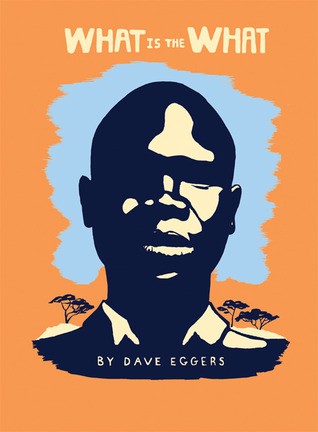


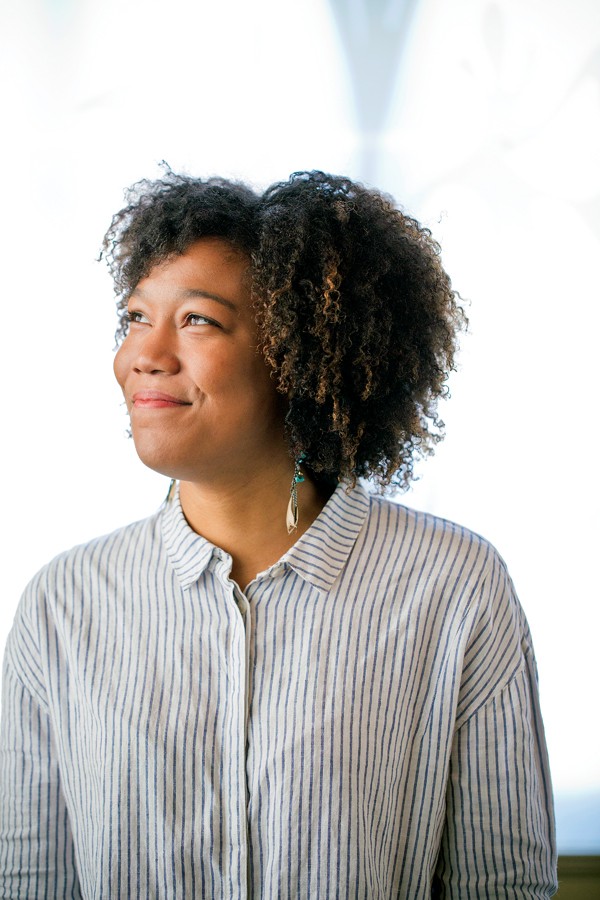 Photos by Justin Fox Burks
Photos by Justin Fox Burks 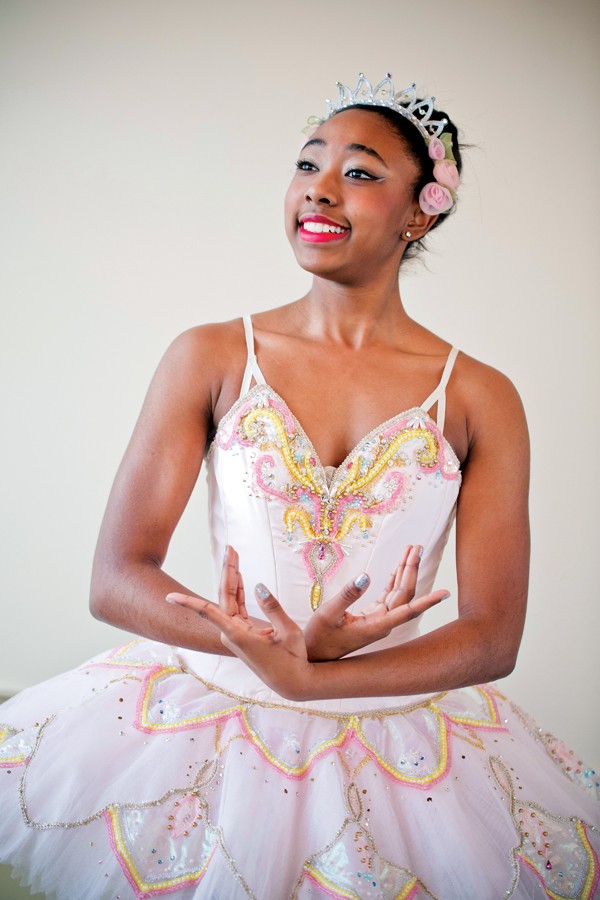
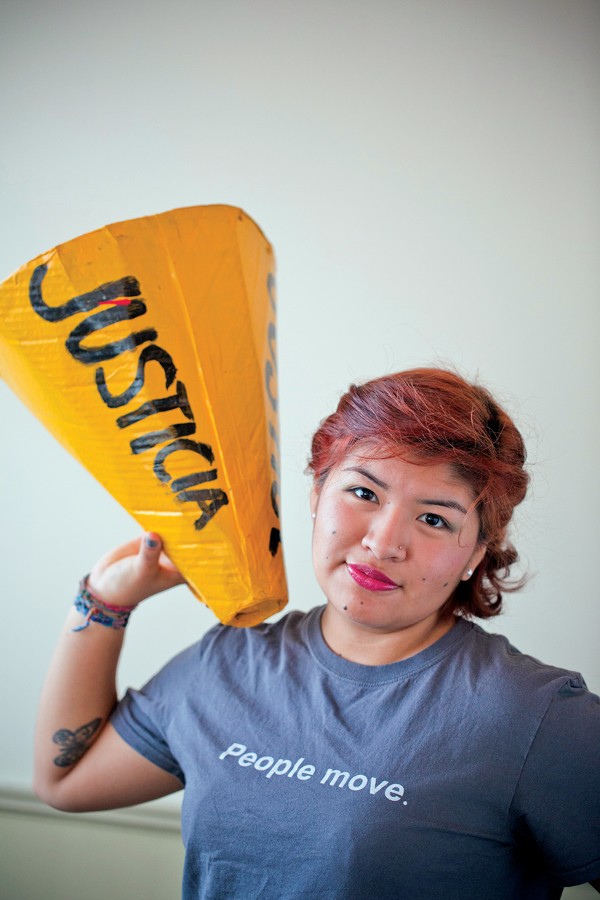
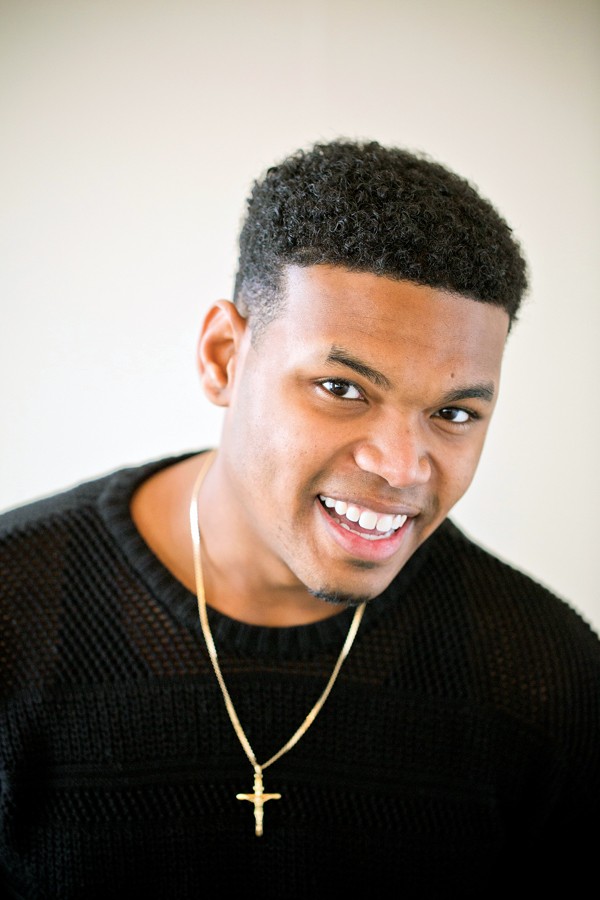
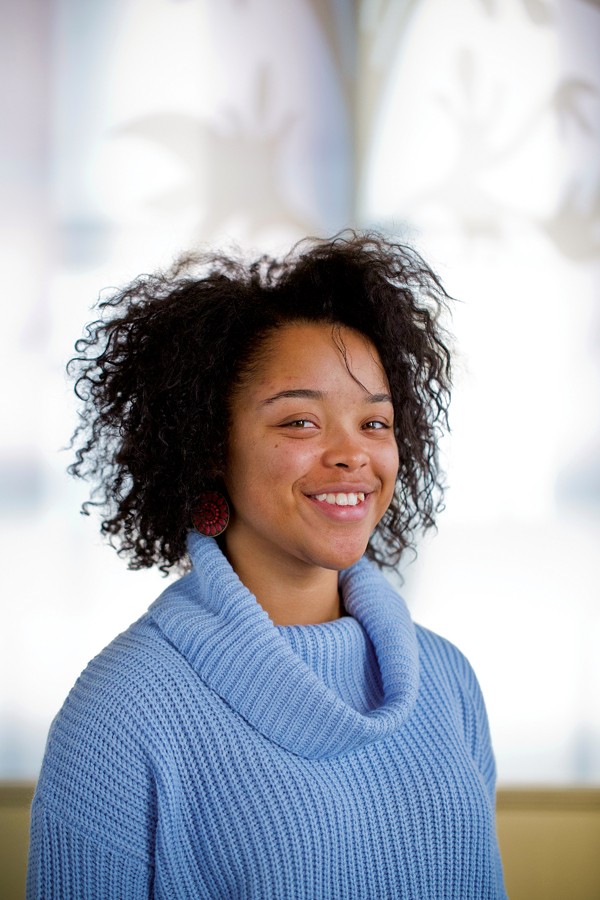
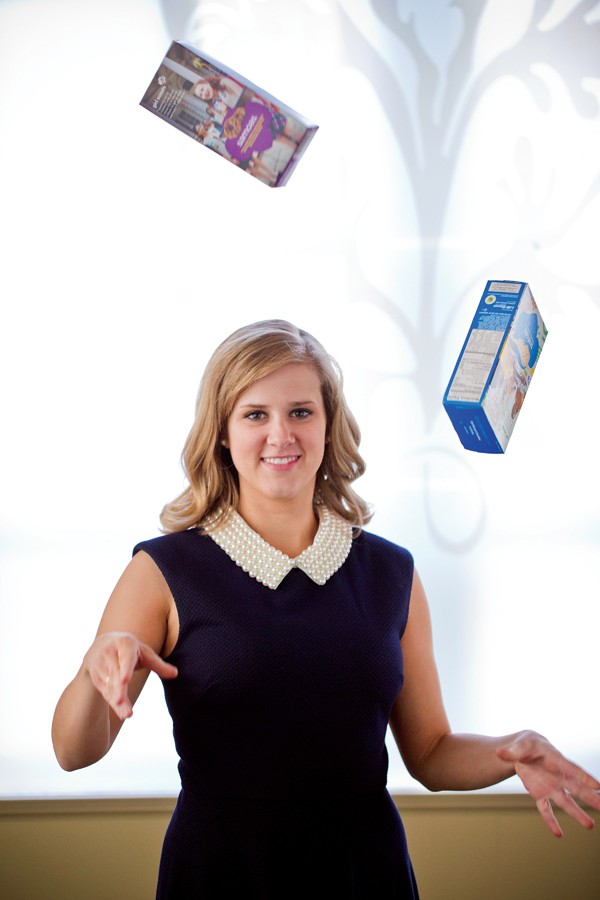
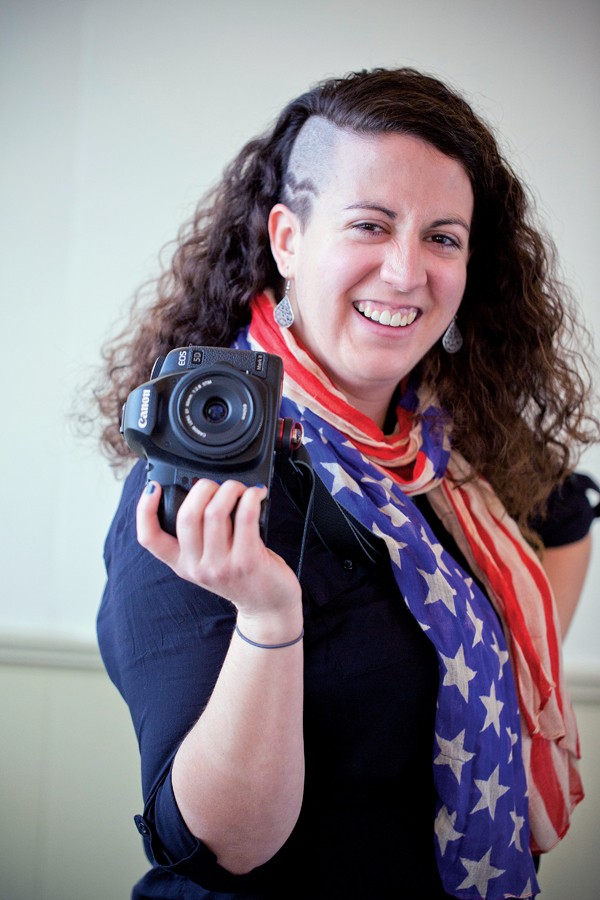
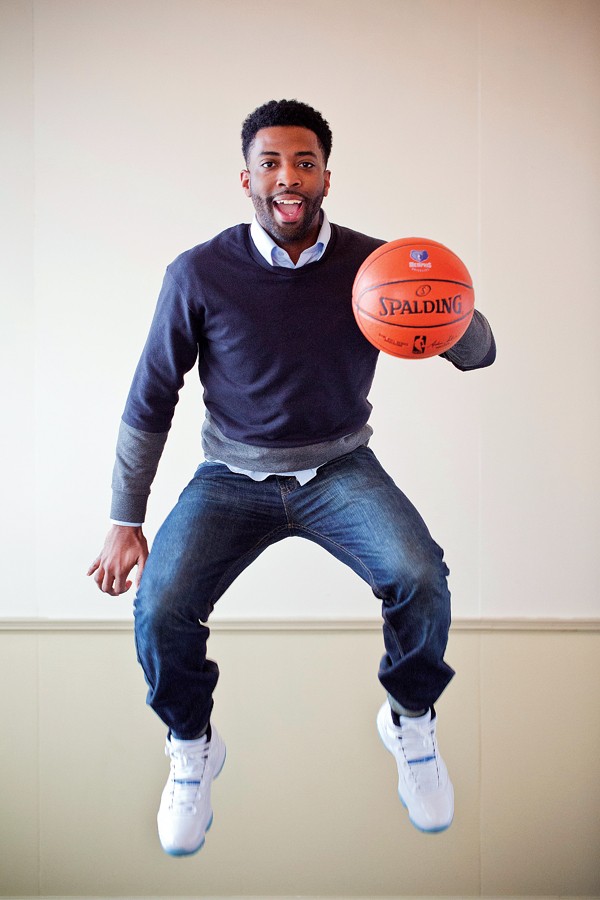
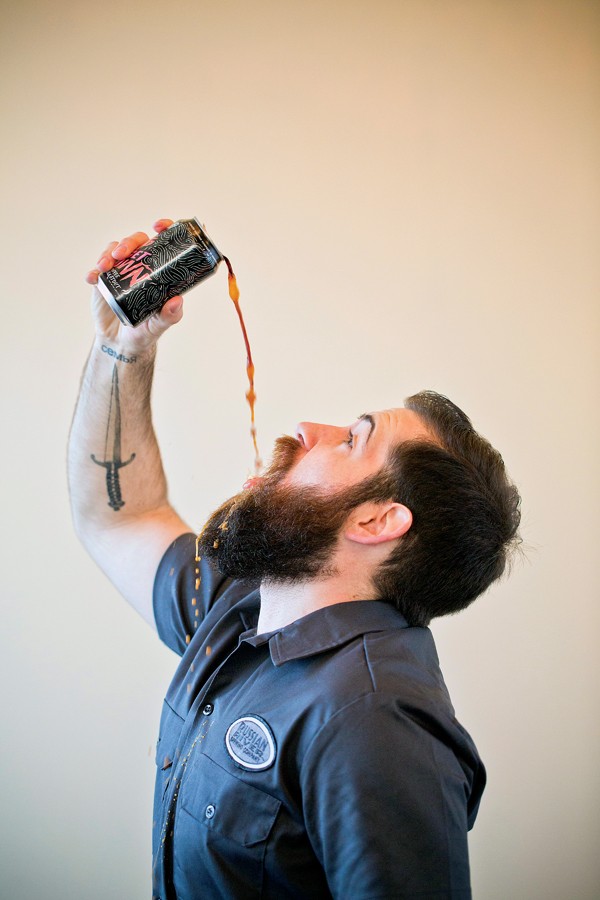
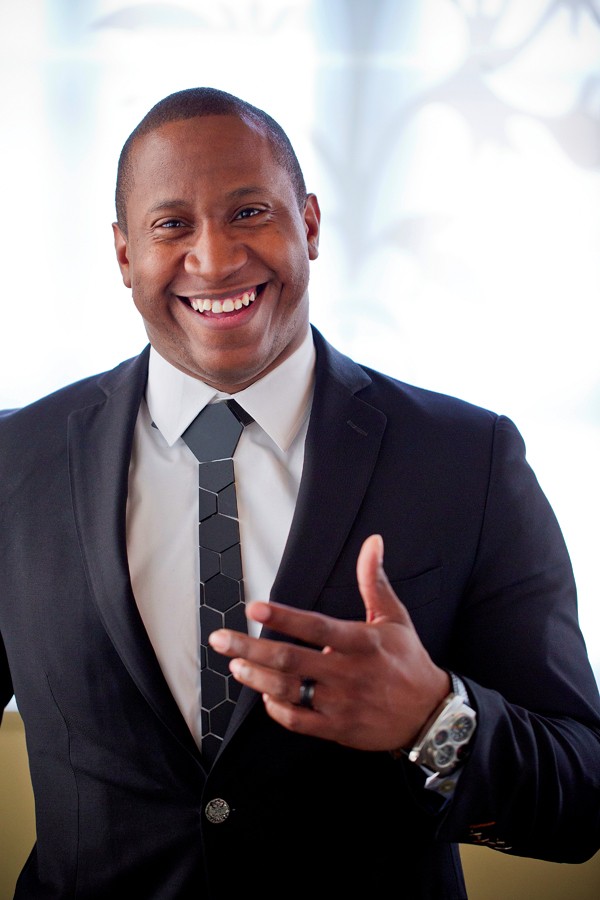

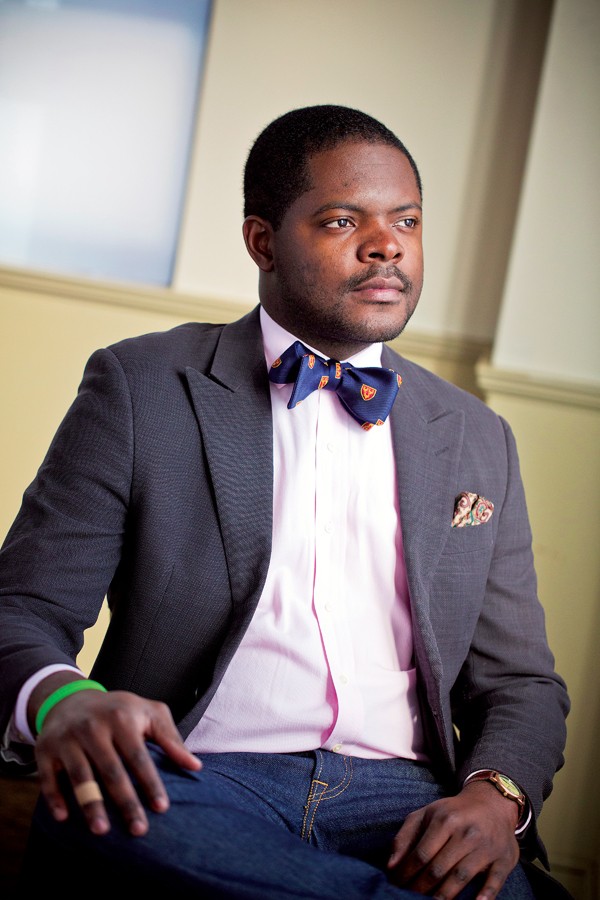
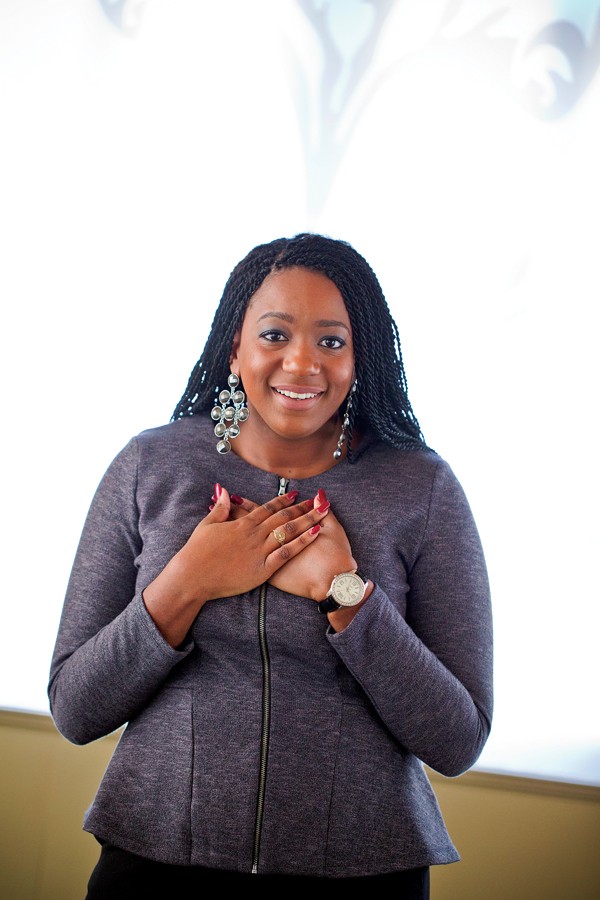
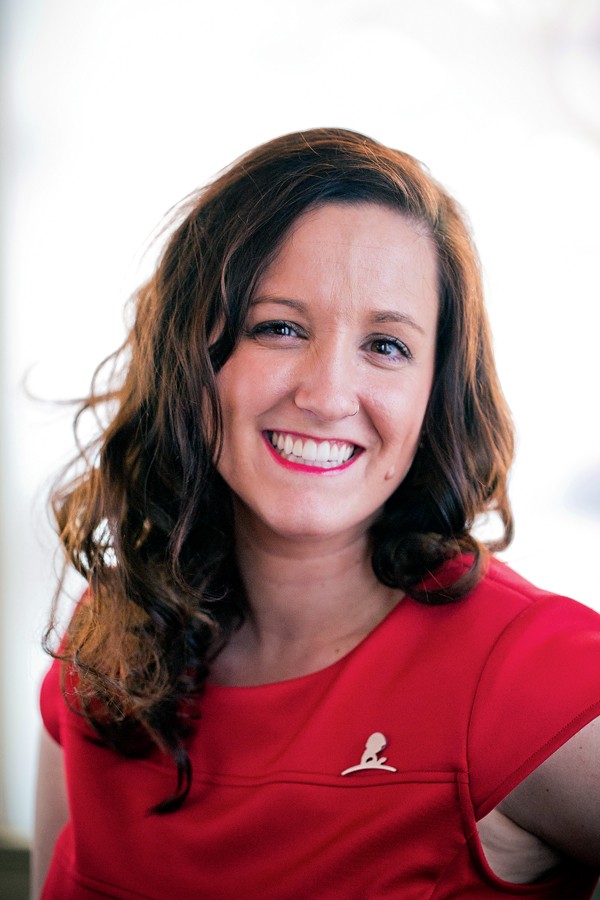
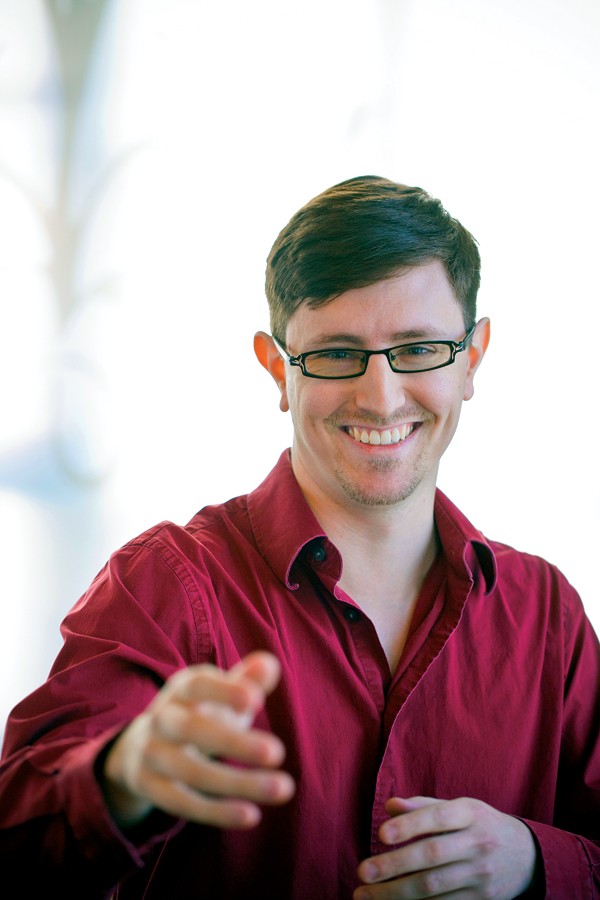
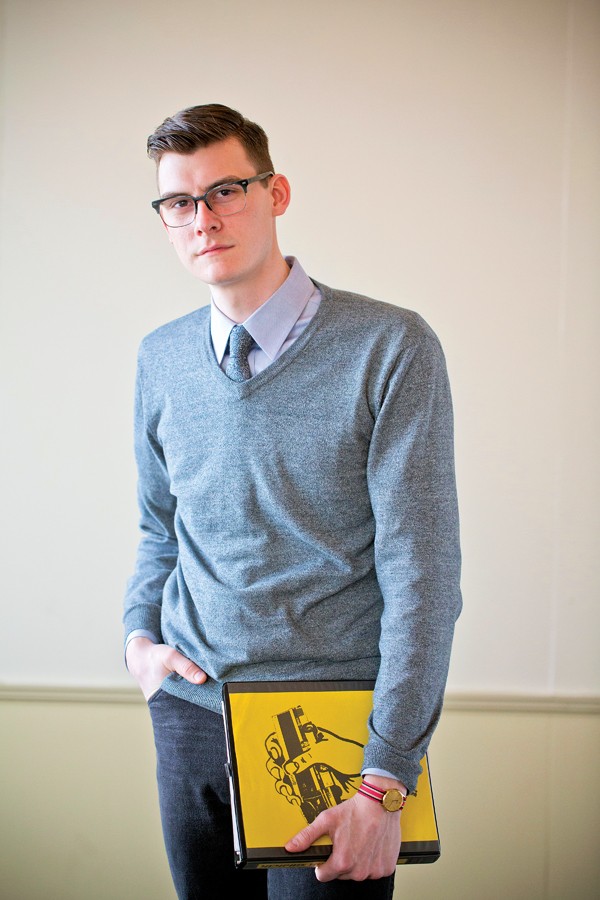

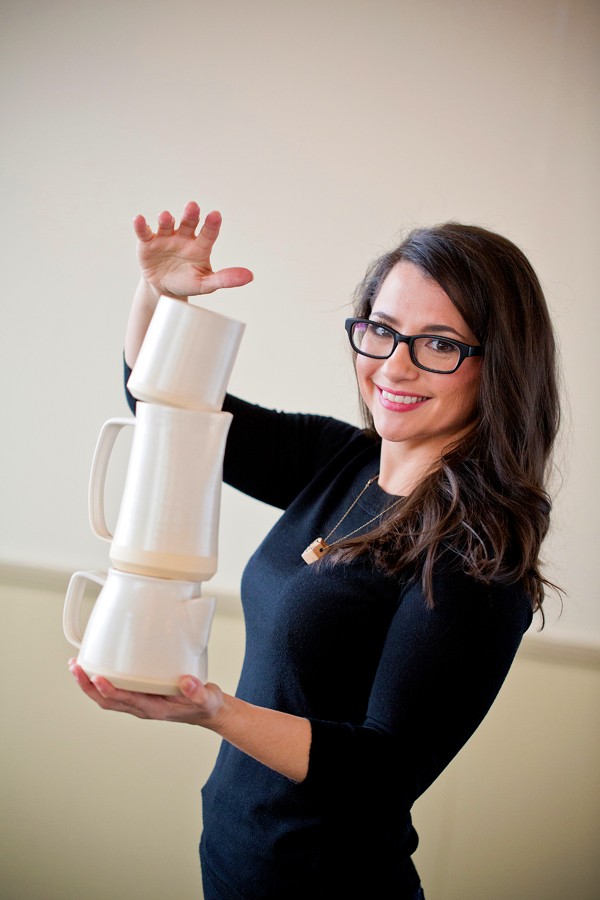
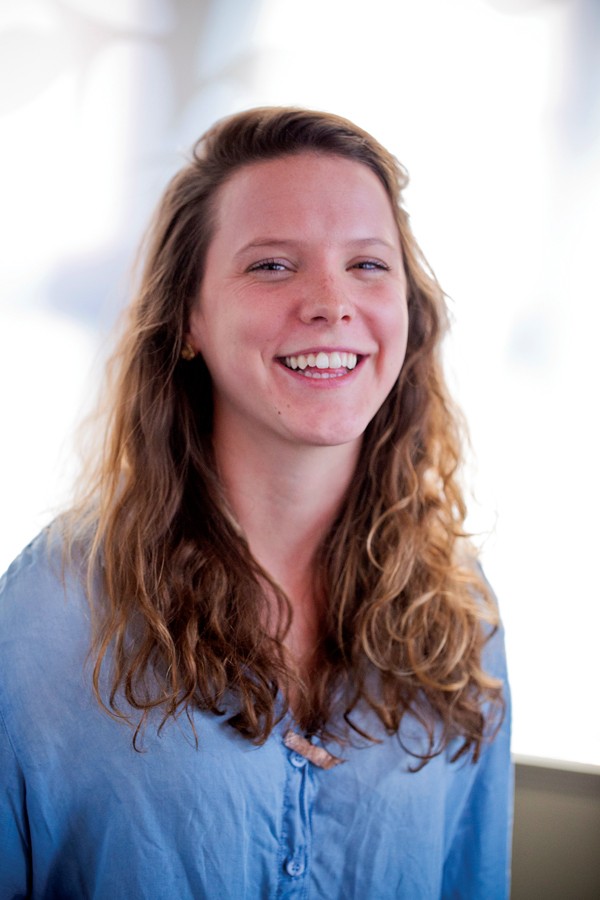
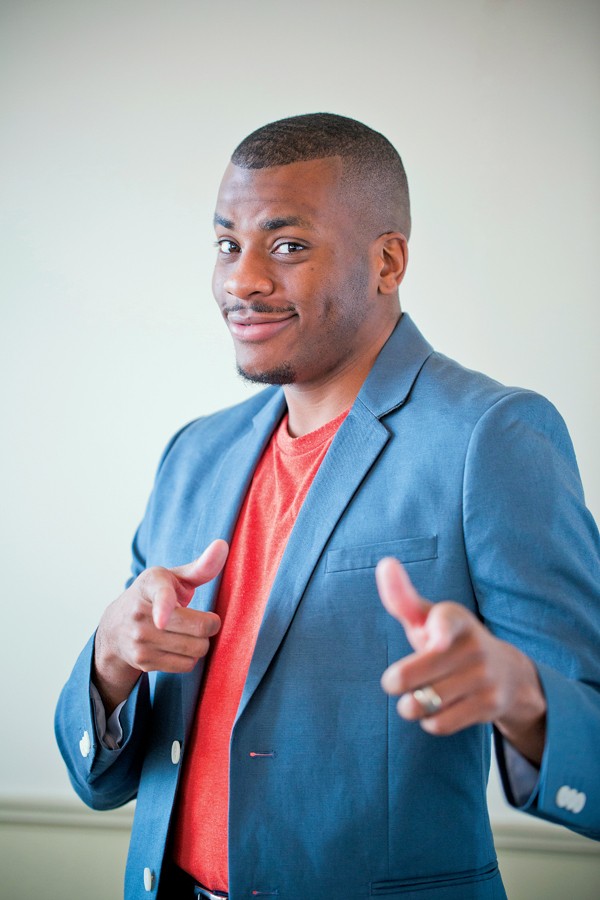
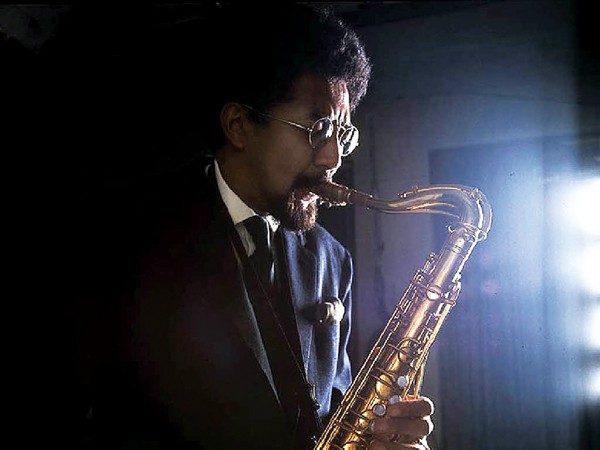
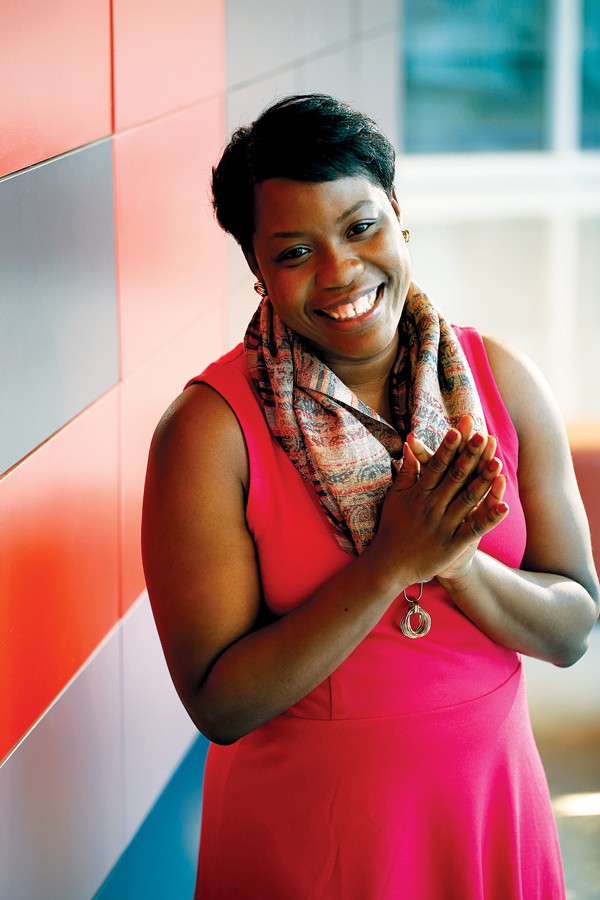 Justin Fox Burks
Justin Fox Burks 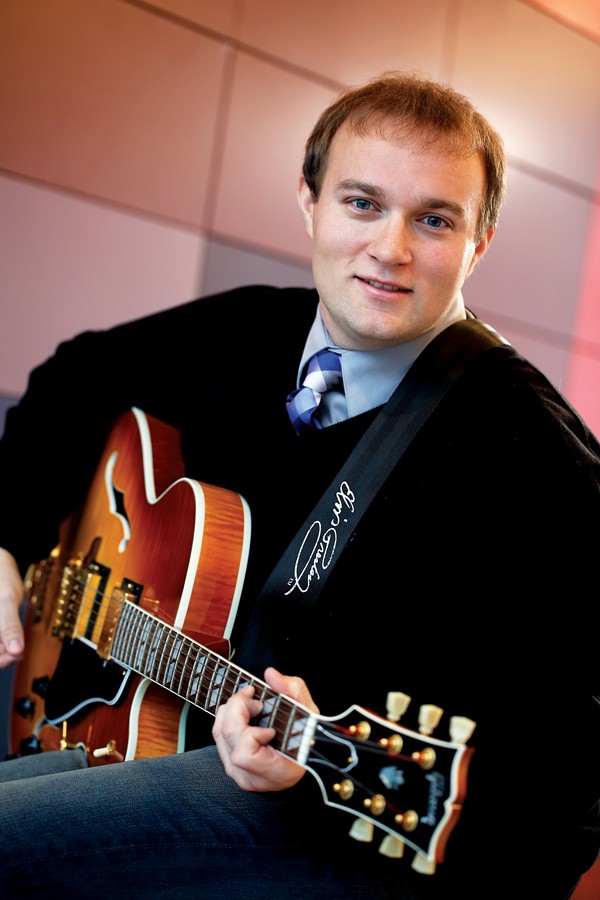 Justin Fox Burks
Justin Fox Burks 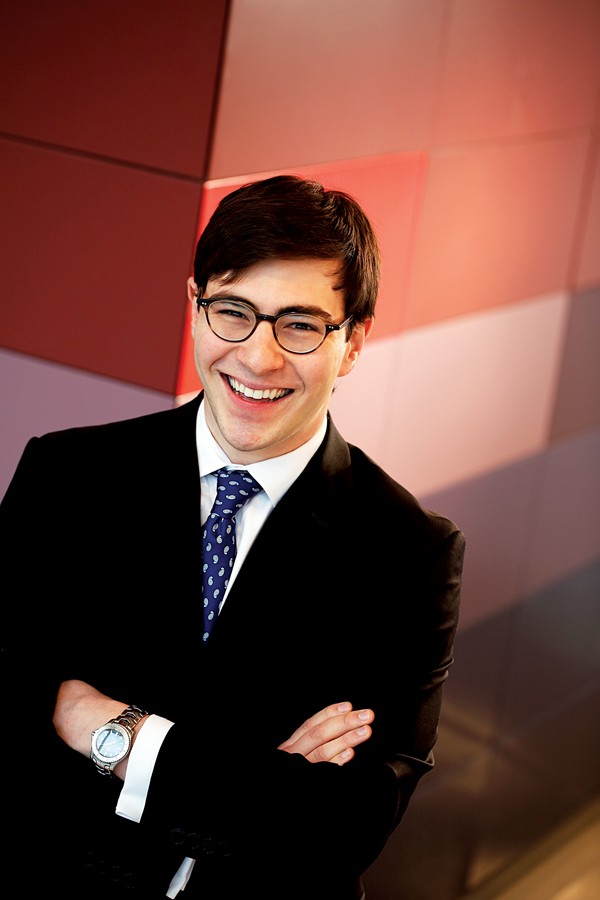 Justin Fox Burks
Justin Fox Burks  Justin Fox Burks
Justin Fox Burks 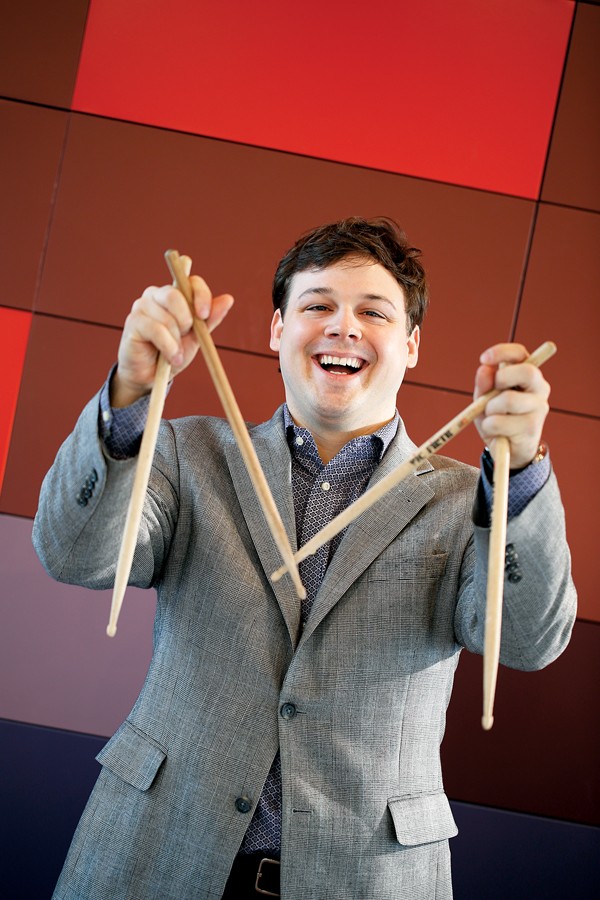 Justin Fox Burks
Justin Fox Burks 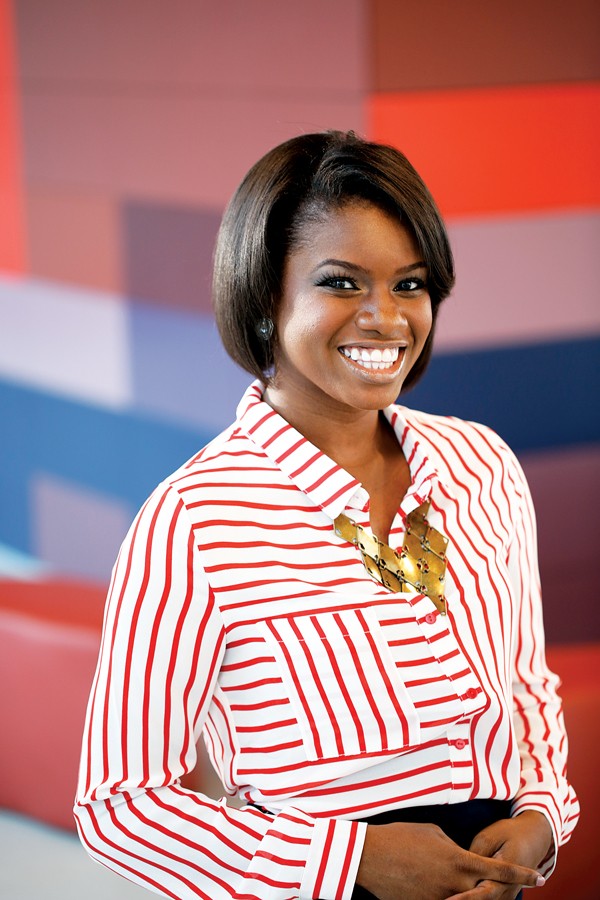 Justin Fox Burks
Justin Fox Burks 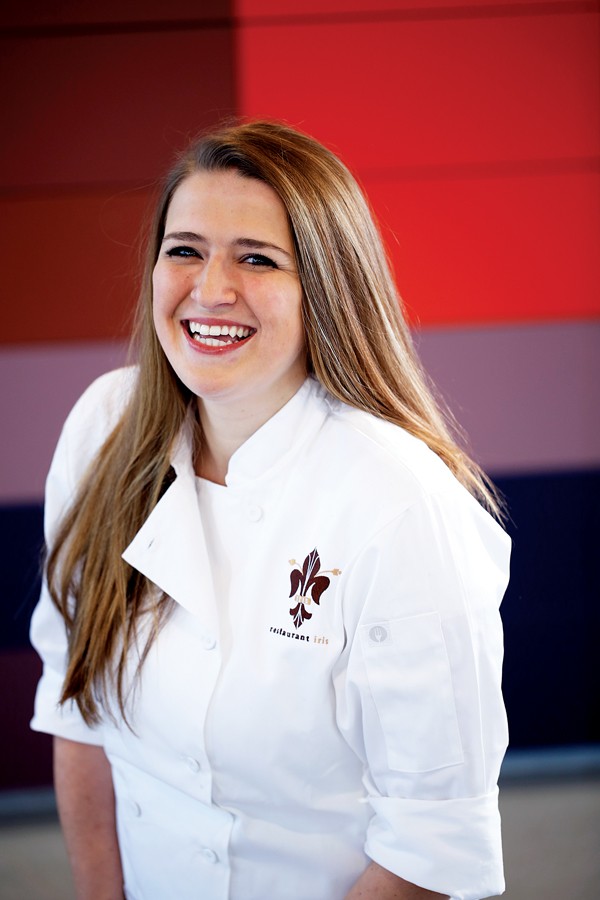 Justin Fox Burks
Justin Fox Burks 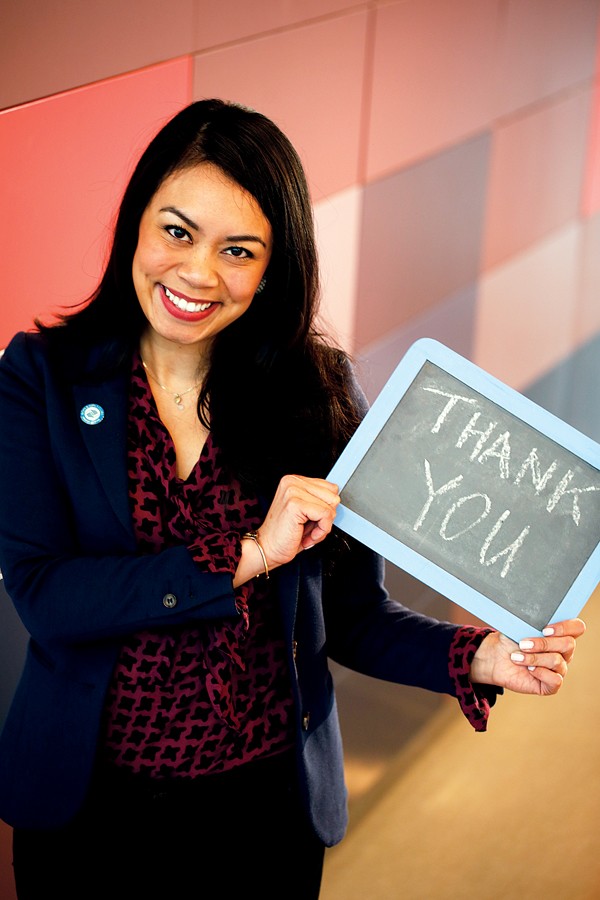 Justin Fox Burks
Justin Fox Burks 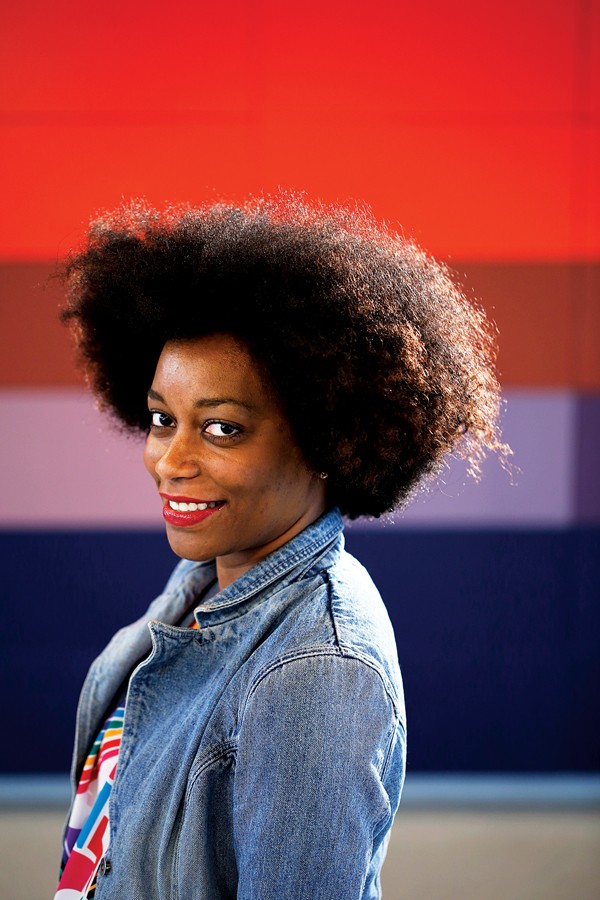 Justin Fox Burks
Justin Fox Burks 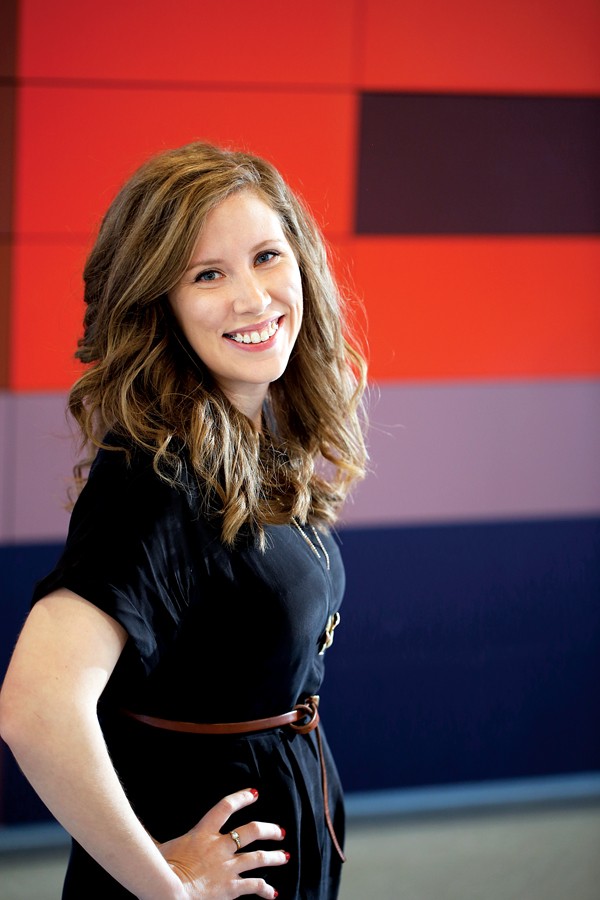 Justin Fox Burks
Justin Fox Burks 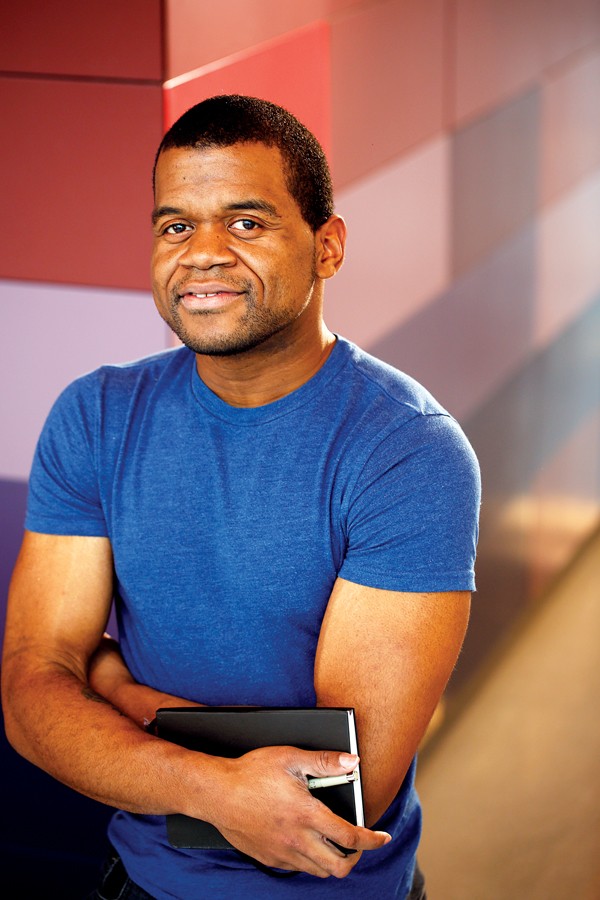 Justin Fox Burks
Justin Fox Burks 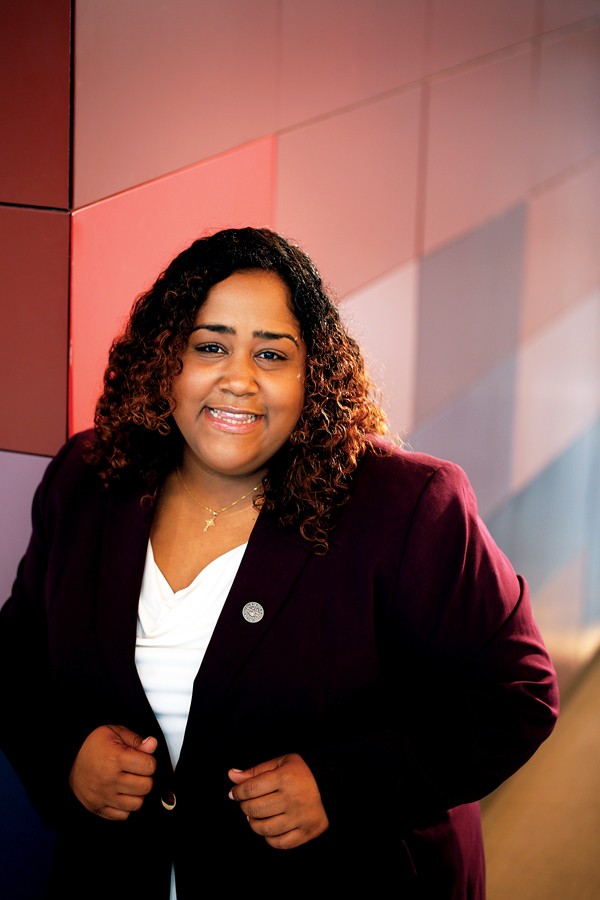 Justin Fox Burks
Justin Fox Burks 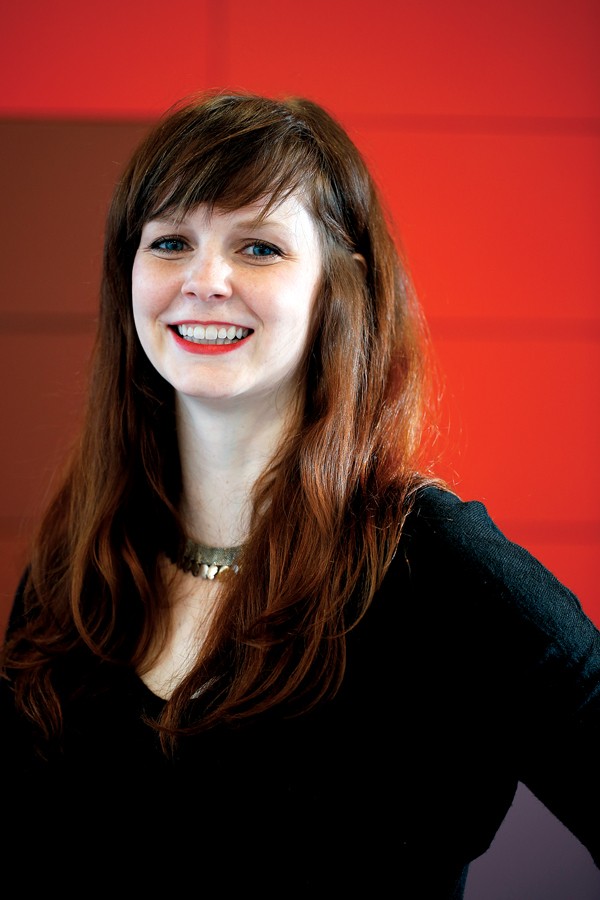 Justin Fox Burks
Justin Fox Burks 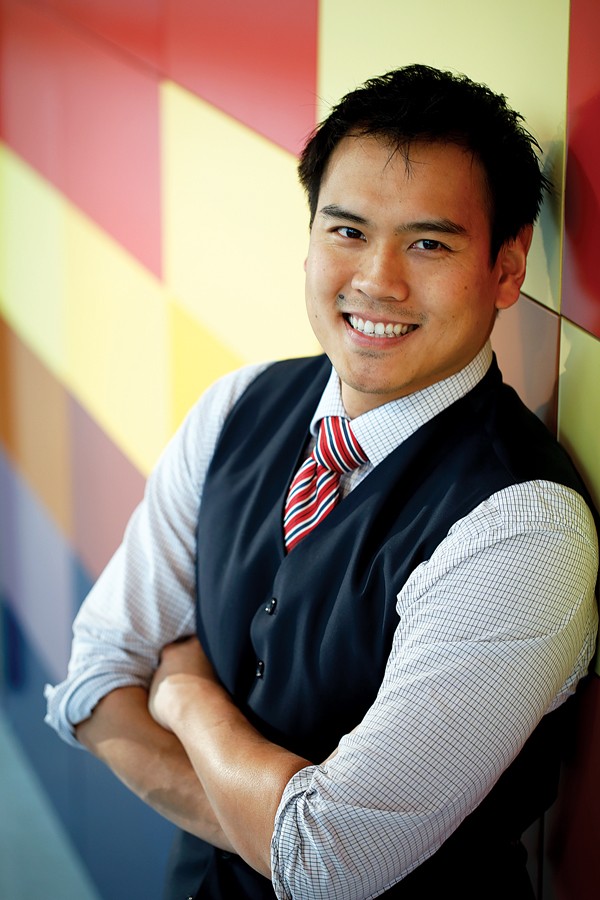 Justin Fox Burks
Justin Fox Burks 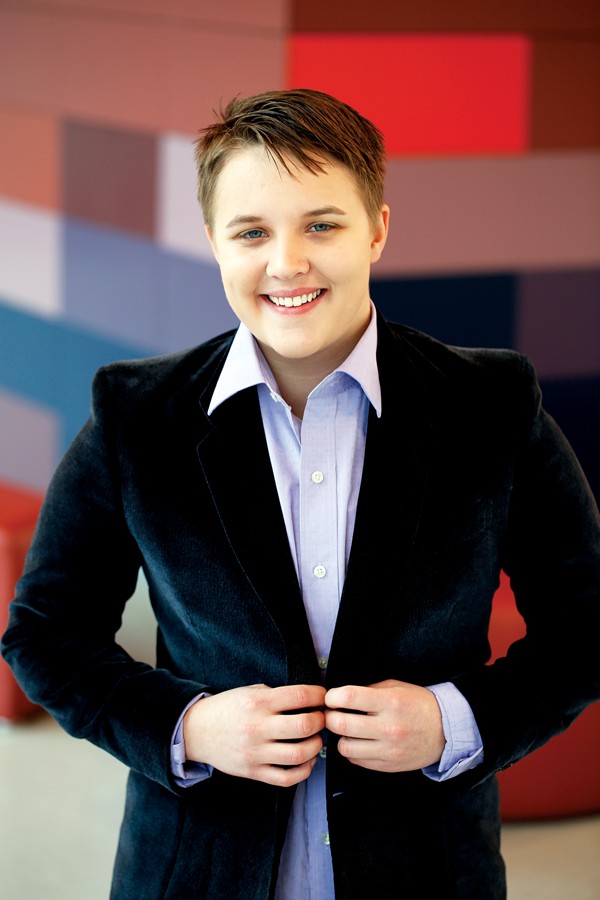 Justin Fox Burks
Justin Fox Burks 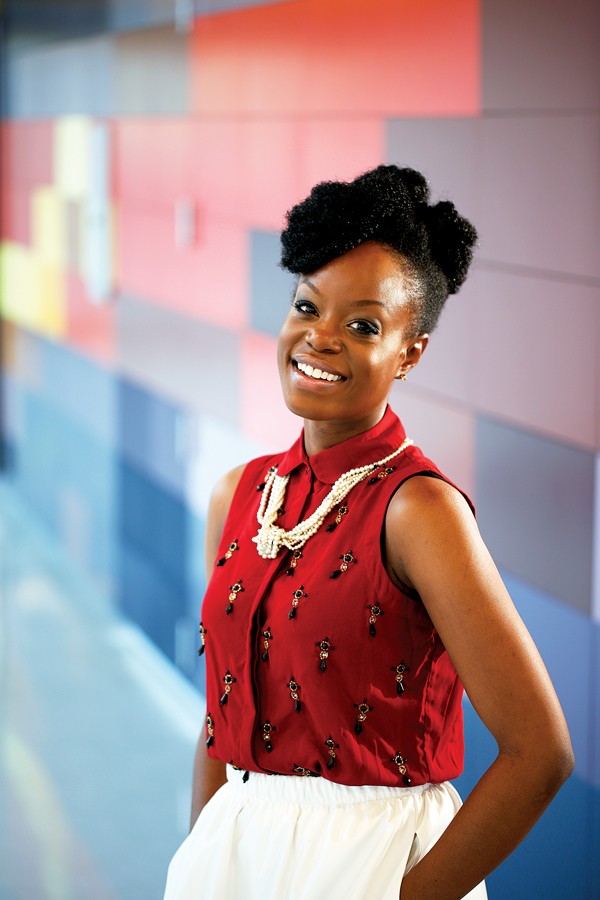 Justin Fox Burks
Justin Fox Burks 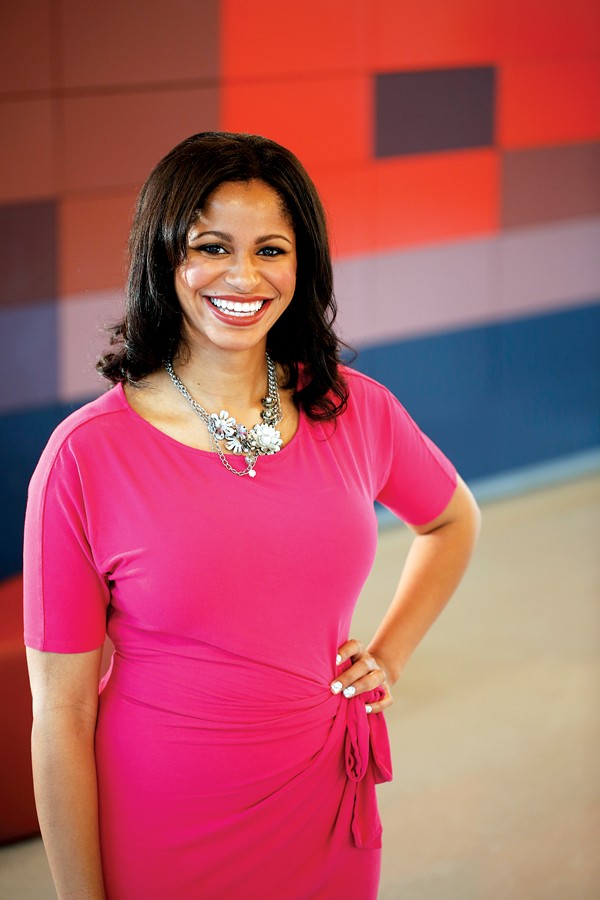 Justin Fox Burks
Justin Fox Burks 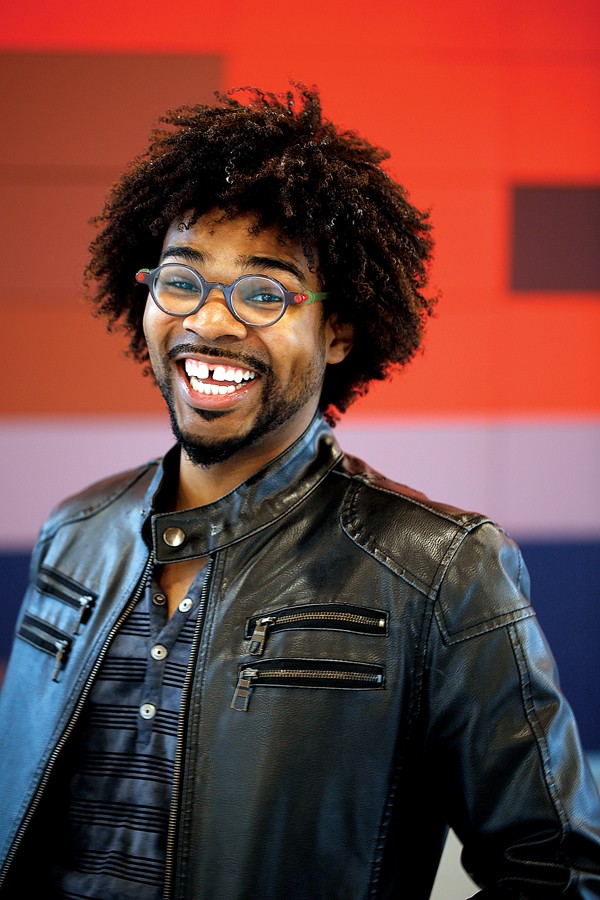 Justin Fox Burks
Justin Fox Burks 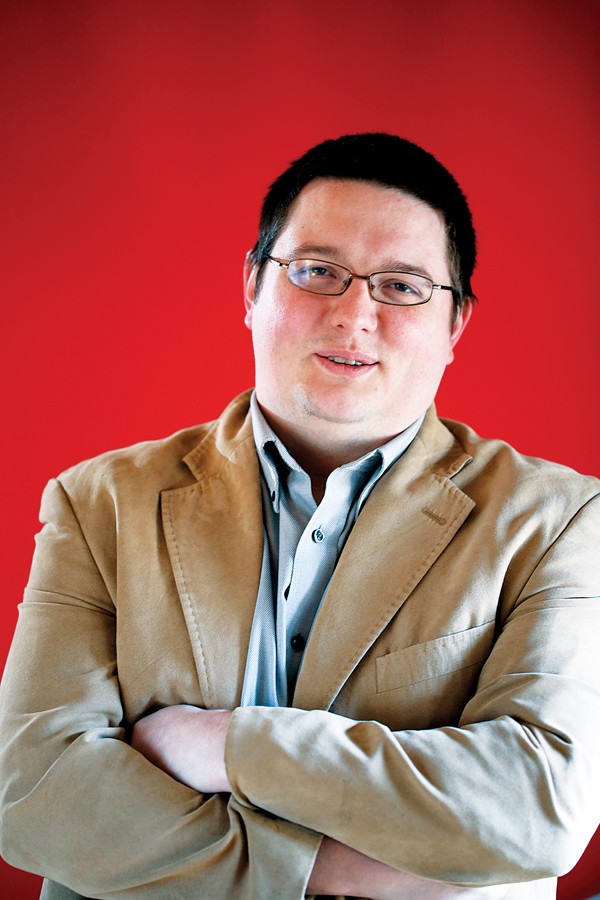 Justin Fox Burks
Justin Fox Burks 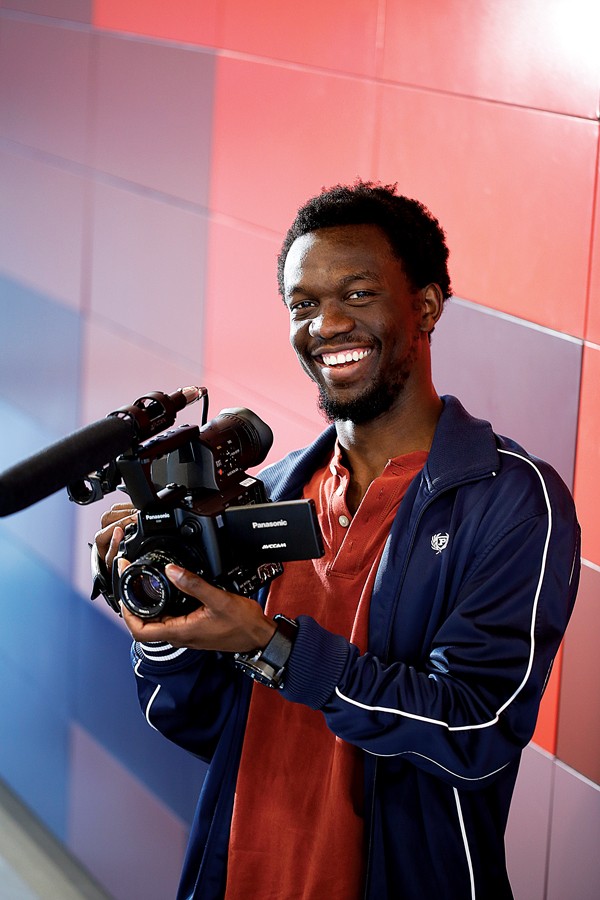 Justin Fox Burks
Justin Fox Burks 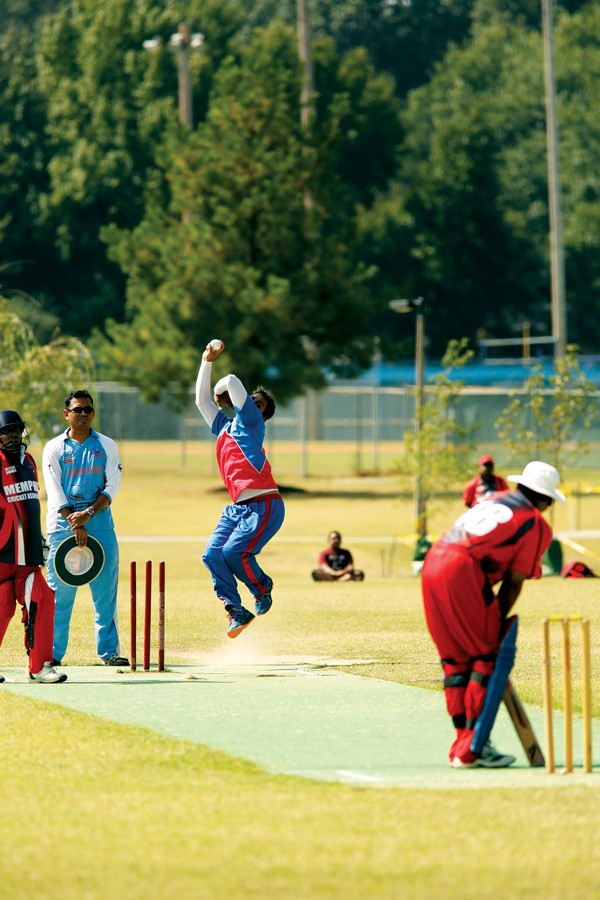 Justin Fox Burks
Justin Fox Burks 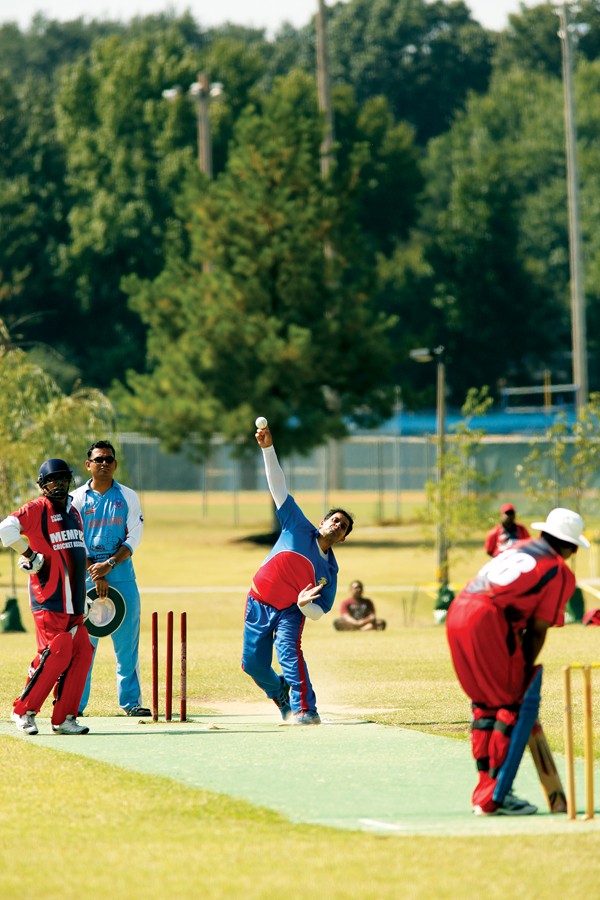 Justin Fox Burks
Justin Fox Burks 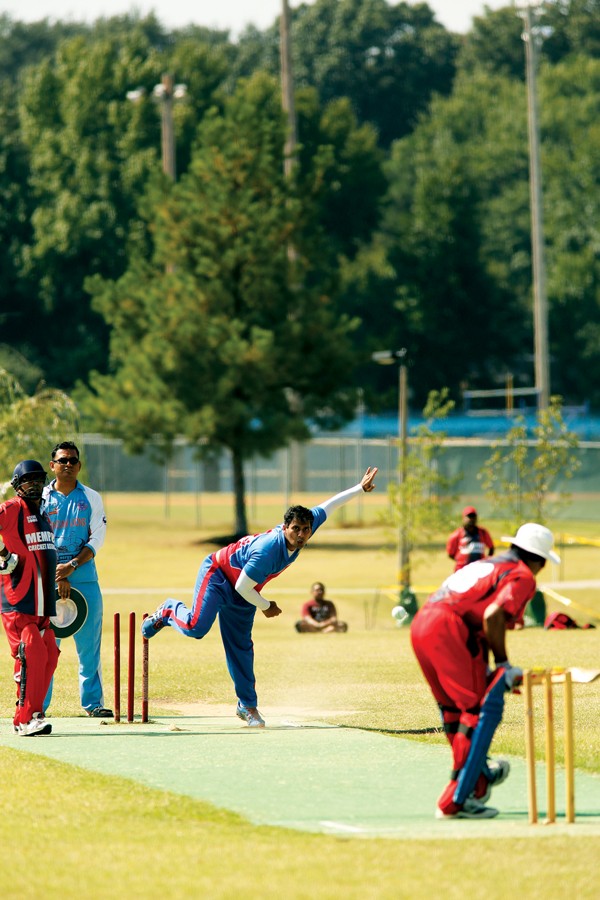 Justin Fox Burks
Justin Fox Burks 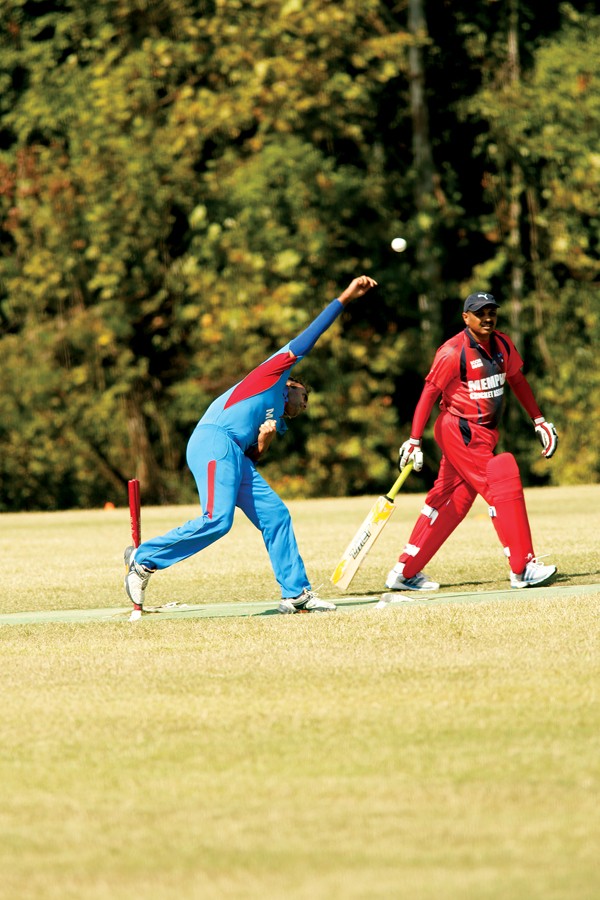 Justin Fox Burks
Justin Fox Burks  Justin Fox Burks
Justin Fox Burks  Justin Fox Burks
Justin Fox Burks  Justin Fox Burks
Justin Fox Burks  Justin Fox Burks
Justin Fox Burks  Justin Fox Burks
Justin Fox Burks  Justin Fox Burks
Justin Fox Burks  Justin Fox Burks
Justin Fox Burks  Justin Fox Burks
Justin Fox Burks  Justin Fox Burks
Justin Fox Burks 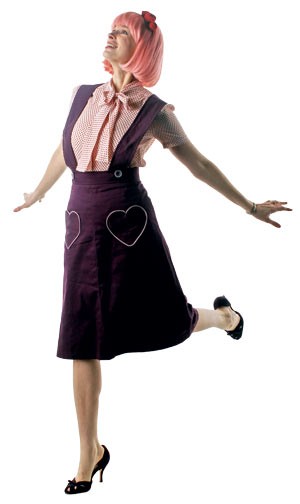 Justin Fox Burks
Justin Fox Burks  Justin Fox Burks
Justin Fox Burks  Justin Fox Burks
Justin Fox Burks  Justin Fox Burks
Justin Fox Burks  Justin Fox Burks
Justin Fox Burks  Justin Fox Burks
Justin Fox Burks  Justin Fox Burks
Justin Fox Burks  Justin Fox Burks
Justin Fox Burks  Justin Fox Burks
Justin Fox Burks  Justin Fox Burks
Justin Fox Burks  Justin Fox Burks
Justin Fox Burks  Justin Fox Burks
Justin Fox Burks